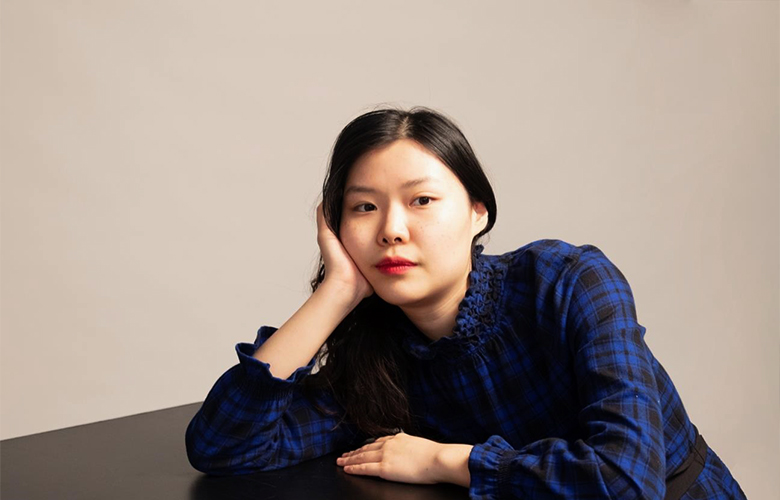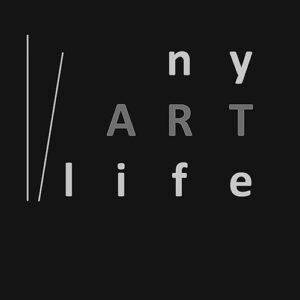
During the height of the COVID pandemic, and still to this day for many, home is where everyone was hanging out, working, and living. It was a familiar place that we saw everyday without fault for months. Some, 1.5 years into the pandemic some are still are home.
But what if we could explore the idea of our home, our city, our country differently? What about the nuanced artistry of our homes, our cities? How can we see that? How can our home, our city represent our scattered memories and experiences in contemporary life?
Hyemi Kim has found a way to beautifully tell these stories that come “close to home” for us.
Hyemi Kim is the leading visual artist who is combining urbanism/architectural principles with visual art, namely video and mixed-media art.
In her 8+ year career, she has dedicated herself to experimentation and exploration of subjects that are familiar yet foreign. This is brilliantly demonstrated in her work GWANGHWAMUN SQUARE CANDLELIGHT PROTEST. Many South Koreans came out onto to the streets beginning with the Gwanghwamun Square candlelight protest on October 29th 2016 and ending with the impeachment of former president Park. The pop media characters and images were edited into photos of the protests. The demonstrators merge with pop culture to become part of a united body or clash and divide. We are all familiar with The Simpsons and The Smurfs. They are familiar and non-threatening to us. However, a protest brings us into unfamiliar terrain. Hyemi Kim draws us into this world and allows us to internalize the familiar and unfamiliar in a sensitive and non-confrontational way. Her goal is to evoke change by drawing us in with the familiar and having us question the unfamiliar.
Exploring this universal idea of home and cities, Hyemi Kim had held solo shows in the top international galleries such as the Czong Institute for Contemporary Art (CICA, a unique cultural space founded and cultivated by artists, with a current network of 4,000 international artists). CICA was impressed with her City Collage video series, which juxtaposed various cities into one fantastic landscape. She was invited to one of their coveted Artist Talks at the New Media Art Conference, which explores the nuances of the past and modern media and art. As one of the principle artist speakers, Hyemi Kim opened the audience and artists to her world of utopian urbanism, a concept that she has dedicated her career to exploring.
Additionally, in her native South Korea, her solo show Dual Sight and the Crowd held at gallery S101, poignantly explored the beauty and chaos of being lost and found not in perfect structures, but in their decay, destruction. The crowd is rough, falling apart, and more real, but by that token oddly alluring. The feeling of feeling lost in a crowd, of feeling invisible, is so familiar to us (like our homes), while the lostness and loneliness is a duality that accompanies us constantly. Paradoxically, this is also familiar, almost comforting.
The complexity of Hyemi Kim’s work is what draws the viewer towards her dystopian art and why she is such an in-demand artist by galleries in her native South Korea and in the States. It is for this reason that she was invited to The Seoul Biennale of Architecture and Urbanism, the world’s leading experimental platform for an imminent urbanism that goes beyond human-centered function, ownership, and consumption to a commons of resources, technologies, and production.
An introspective and creative artist, you can find her showing her works at the Carrie Able Gallery, known as “New York’s go-to places for creatives, poets, visual artists, and musicians to freely express themselves without fear of judgment or discrimination.”
So stop by and ask her, where is home?
TAL Show Takeover: Beetlejuice Korea – Lydia played by Jang Min Je
The Performing Arts in Iceland – an Overview


NYartlife is an art company located in Manhattan, the beating heart of creativity. We give our support to artists who need visibility, marketing strategy, and experienced agents. We are leaders in organizing events in the Insomnia Apple.
Read Full Profile© 2021 TheatreArtLife. All rights reserved.

Thank you so much for reading, but you have now reached your free article limit for this month.
Our contributors are currently writing more articles for you to enjoy.
To keep reading, all you have to do is become a subscriber and then you can read unlimited articles anytime.
Your investment will help us continue to ignite connections across the globe in live entertainment and build this community for industry professionals.